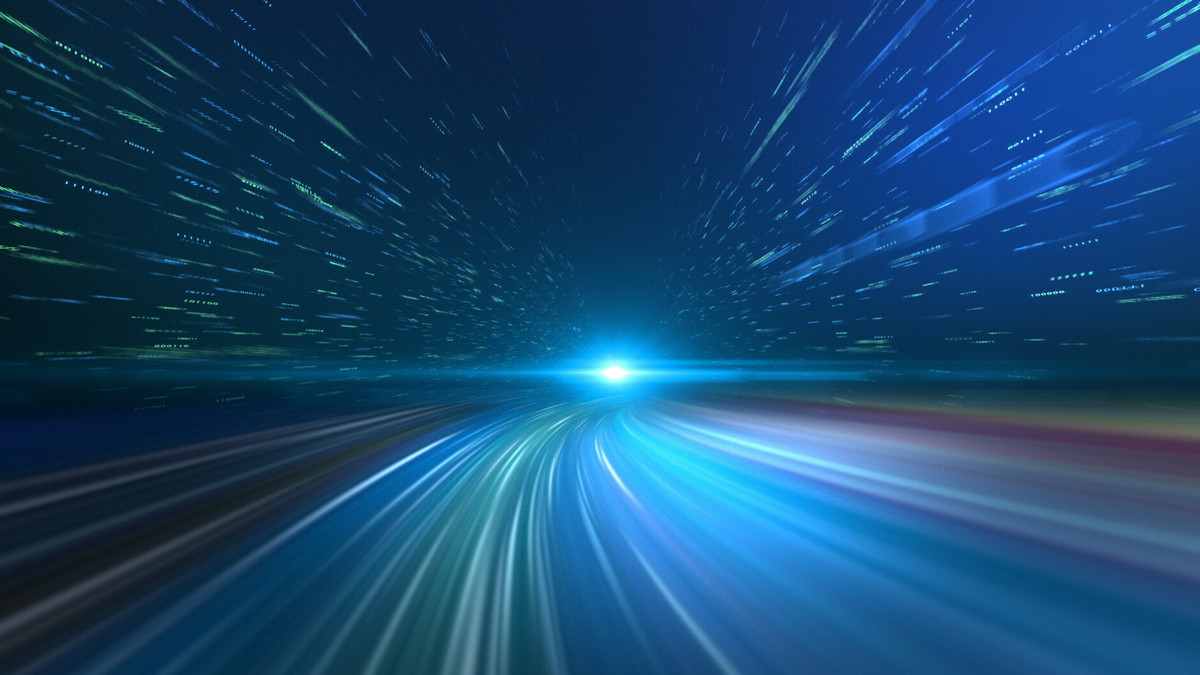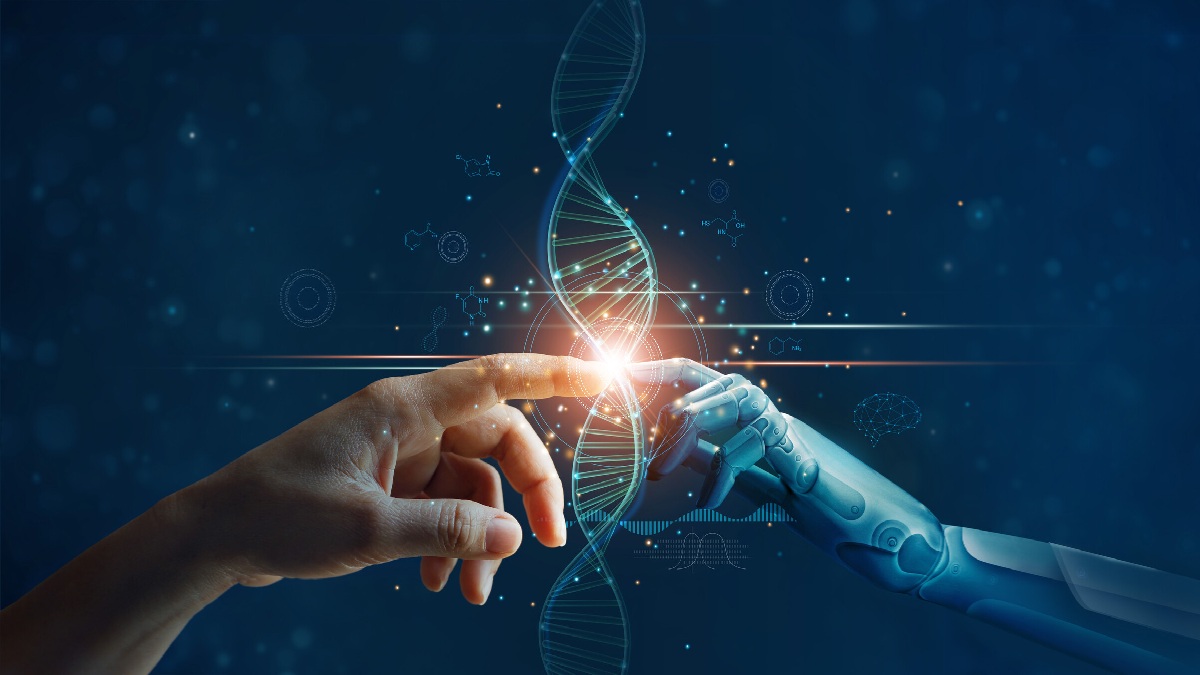Now that cloud computing is popular, the application of Internet of Things is also increasing day by day. However, in terms of architecture, in order to overcome the lack of computing power of connected devices, people have also begun to develop so-called fog computing, which is different from cloud services. And, what is it?
Following "Cloud Computing", a new term "Fog Computing" has been added in recent years, which mainly comes from the phrase "fog is a cloud that is closer to the ground". The "cloud computing" has been hotly discussed a few years ago and it is now like sunlight, air, and water, existing in our lives. So, what is the difference between "fog computing" and "cloud computing"? Why do we need "fog computing" when we have "cloud computing"?
In response to the application requirements of the Internet of Things, fog computing is derived from cloud computing
The term fog computing was first proposed by Cisco. In the sentence "fog is a cloud that is closer to the ground", the "cloud" is high in the sky, which symbolizes the computing resources that are located in the center of the network, and represents the centralization of computing resources. "Ground" represents the end of the network where the user is located. Therefore, closer to the ground means closer to the end of the network where the user is located. "Fog" represents that it is closer to the user than "cloud". Computing resources at the end of the network.
Why do we need to deploy computing resources closer to the end of the network?
There is a very important reason for the development of Internet of Things technology and applications. There are more and more smart Internet-connected devices connected to the Internet. Under the basic model of cloud computing, most of them only have very weak computing capabilities. Therefore, relevant computing resources must be obtained from the cloud through the Internet, such as storage or computing power. With the rapid growth of demand, firstly, the burden on the cloud is getting heavier and heavier, after all, it is a centralized resource; secondly, the distance from the cloud to the terminal is relatively far, and when these smart devices access the resources on the cloud, they will have a longer delay time.
Therefore, under these considerations, there is fog computing, which is to decentralize computing resources to a certain extent and deploy them closer to users.
Therefore, fog computing is not a replacement for cloud computing, but an extension of cloud computing.
Basically, the combination of the two is to stratify the allocation of computing resources. The top layer is the cloud, the middle layer is the fog, and the bottom layer is the networked device at the user end. Therefore, under this model, a certain proportion of the computing resources that were originally concentrated in the cloud will be reduced to the fog end. When the device needs to access resources, it will be taken from the nearest fog end.
In this way, because the fog end is closer to the ground, the access speed is faster. Second, even if frequent and large amounts of communication are required, a large amount of network traffic will only be distributed between the ground and the fog, and will not be communicated thru the cloud to reduce the burden on the cloud.
With the collocation of fog-end devices, it is possible to change the mode that was originally too centralized to the cloud for processing
Based on this design architecture, we can actually get some benefits.
Due to the cost of bandwidth on the cloud, regardless of the actual purchase price or the cost of centralization, it is actually much higher than that of the fog end. In addition to the regionalization of traffic, calculation is also decentralized, so this can greatly reduce the burden on the cloud.
Fog-end computing attempts to re-allocate computing resources, reduce the height of computing resources originally deployed in the cloud to the fog, and achieve a certain degree of hierarchy and decentralization by transforming the original relatively centralized computing model, thus gaining these benefits.
Both contain centralized and decentralized features
Since humans invented computers, the computing model has been oscillating between centralization and decentralization. However, centralization and decentralization are actually only the difference in degree. From the earliest mainframe computers to personal computers, from highly centralized computing to distributed computing. Taking cloud computing as an example, it is centralized in concept, but it is distributed computing on top of the cloud itself, which is filled with a huge number of servers, and constitutes a huge computing resource for access.
Once upon a time, the peer-to-peer computing model was also popular, and people tried to distribute all computing power to a larger number of computing devices. After that, the trend turned back to cloud computing.
Although cloud computing is centralized, it is no longer highly centralized. It is centralized with decentralization.
Therefore, we can also say that fog computing is decentralized and centralized. On top of a large number of decentralized smart IoT devices, more centralized fog devices are deployed. However, compared with the cloud, the fog end is much more scattered.
From the perspective of the abundance of computing resources, the cloud is the most concentrated, so the computing resources are the most abundant, whether it is computing power, storage space or bandwidth. Relatively speaking, the fog end is relatively weak, but because the number is much larger than the servers deployed in the cloud, the combination can also provide considerable computing resources, and it is more convenient to use the location close to the user. These are the benefits that can be obtained after introducing the concept of fog computing.
With the development of technology, even terminal computing devices now possess far more computing resources than in the past. A small smart phone has far more computing power than a personal computer in the past. At the same time, the pendulum of concentration and dispersion is still oscillating, but it is getting closer and closer to the middle, just like the concentration in the clouds has dispersion, and the fog has concentration in the dispersion.
As computing devices become more diverse, devices with different levels of resources are deployed at different locations on the network, and people will make the application system achieve better performance by properly allocating the roles of different devices.
Recently, the technology of Blockchain has attracted a lot of attention, and it is dedicated to achieve complete decentralization. In the historical development of computing models, there is a trend toward decentralization. But the real world in the future must also constantly mix and match various centralized and decentralized elements, and determine the composition and degree of decentralization and concentration according to needs.
In the next few years, the model of cloud computing combined with fog computing is likely to become popular, and it will bring a high degree of influence and substantial changes. Using fog to match clouds, in the future we will not only cloudy, but also fogy.





.jpg)








